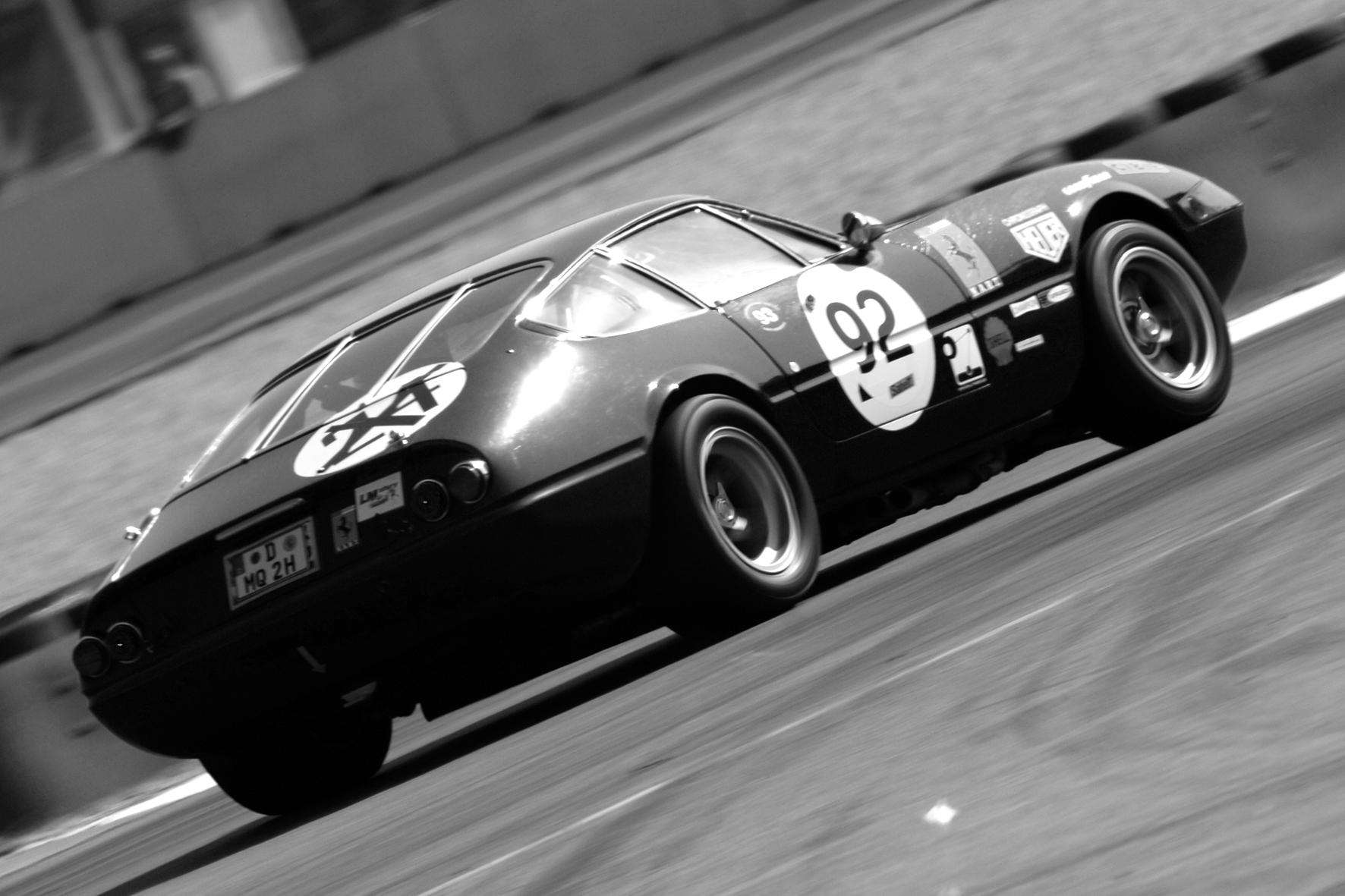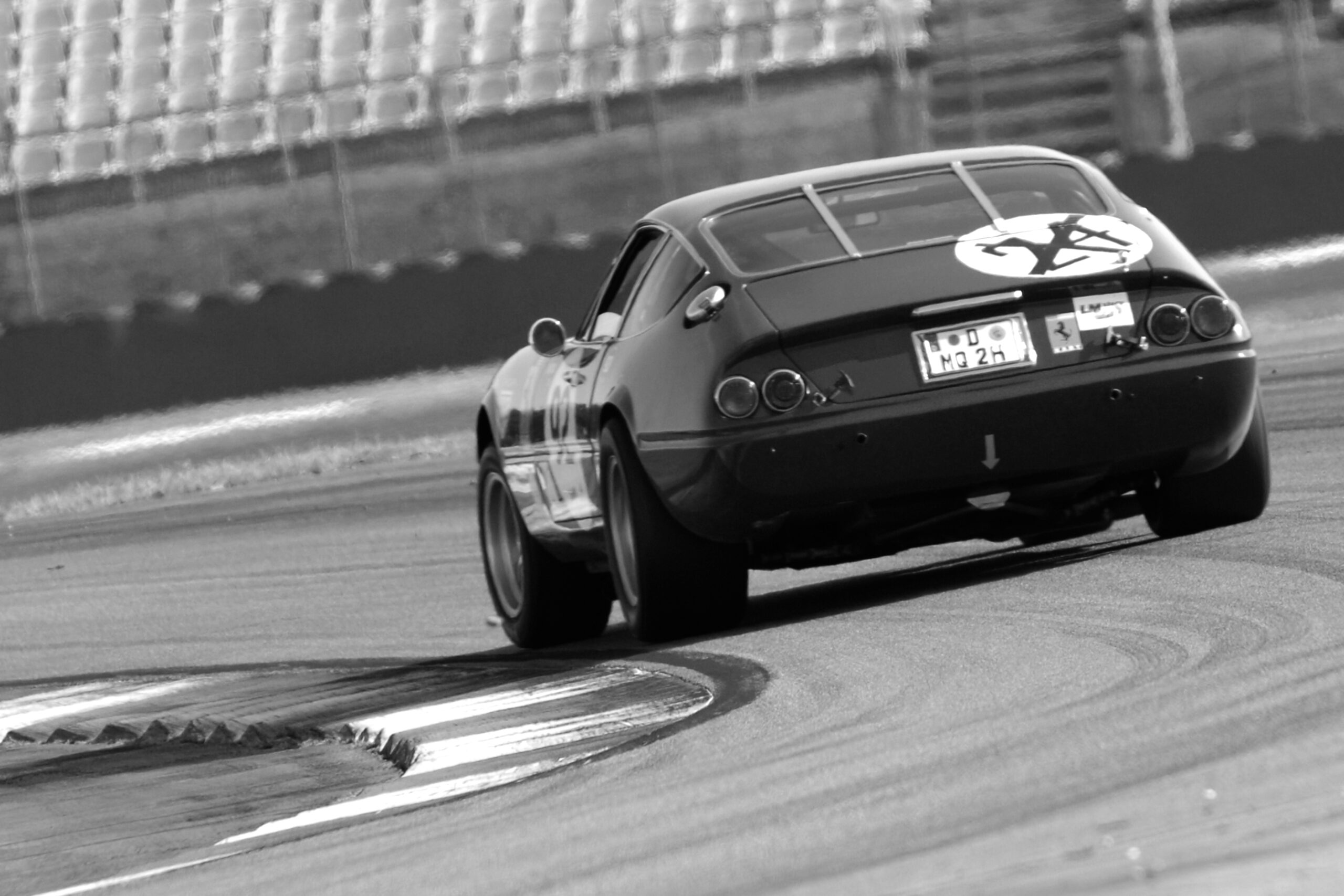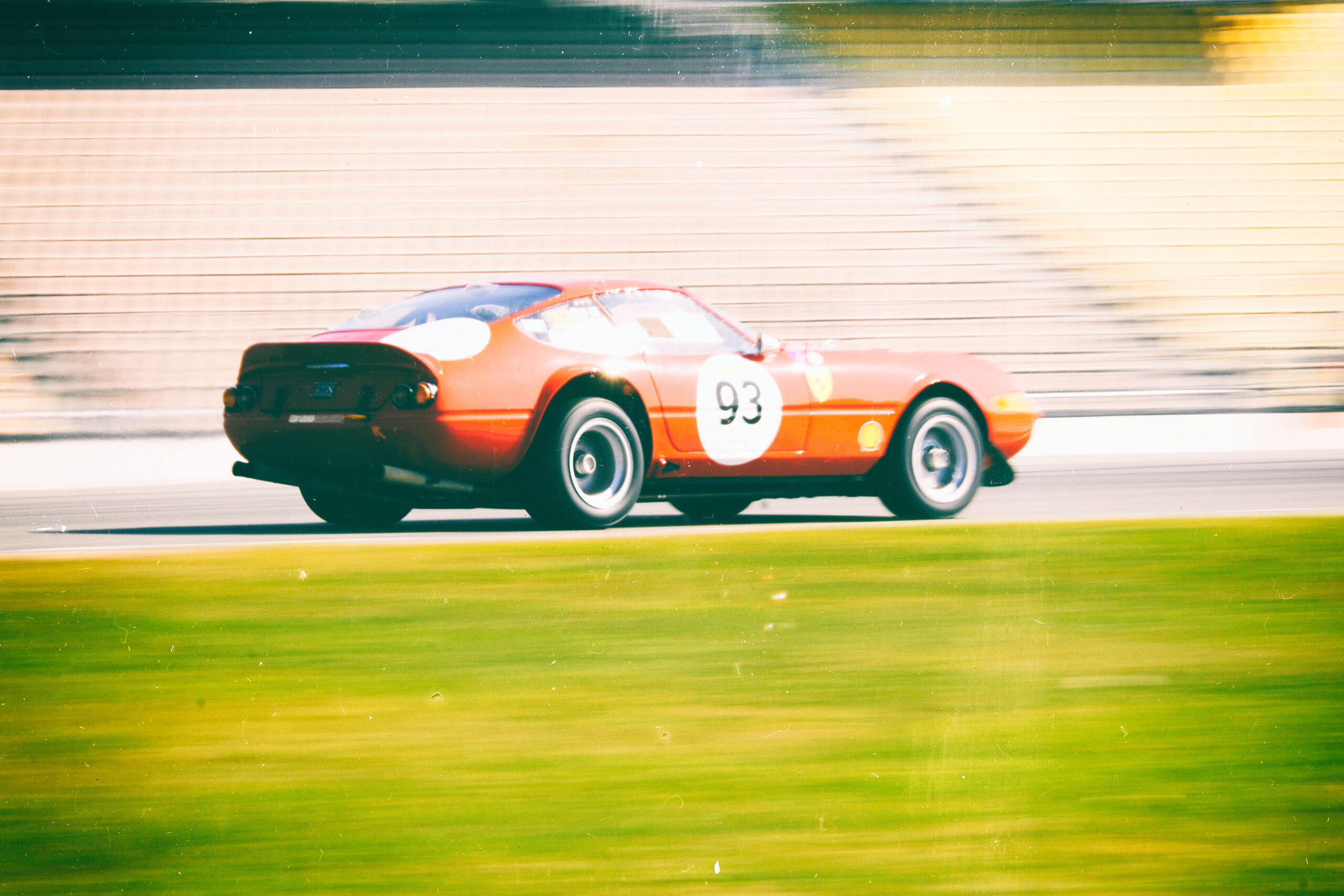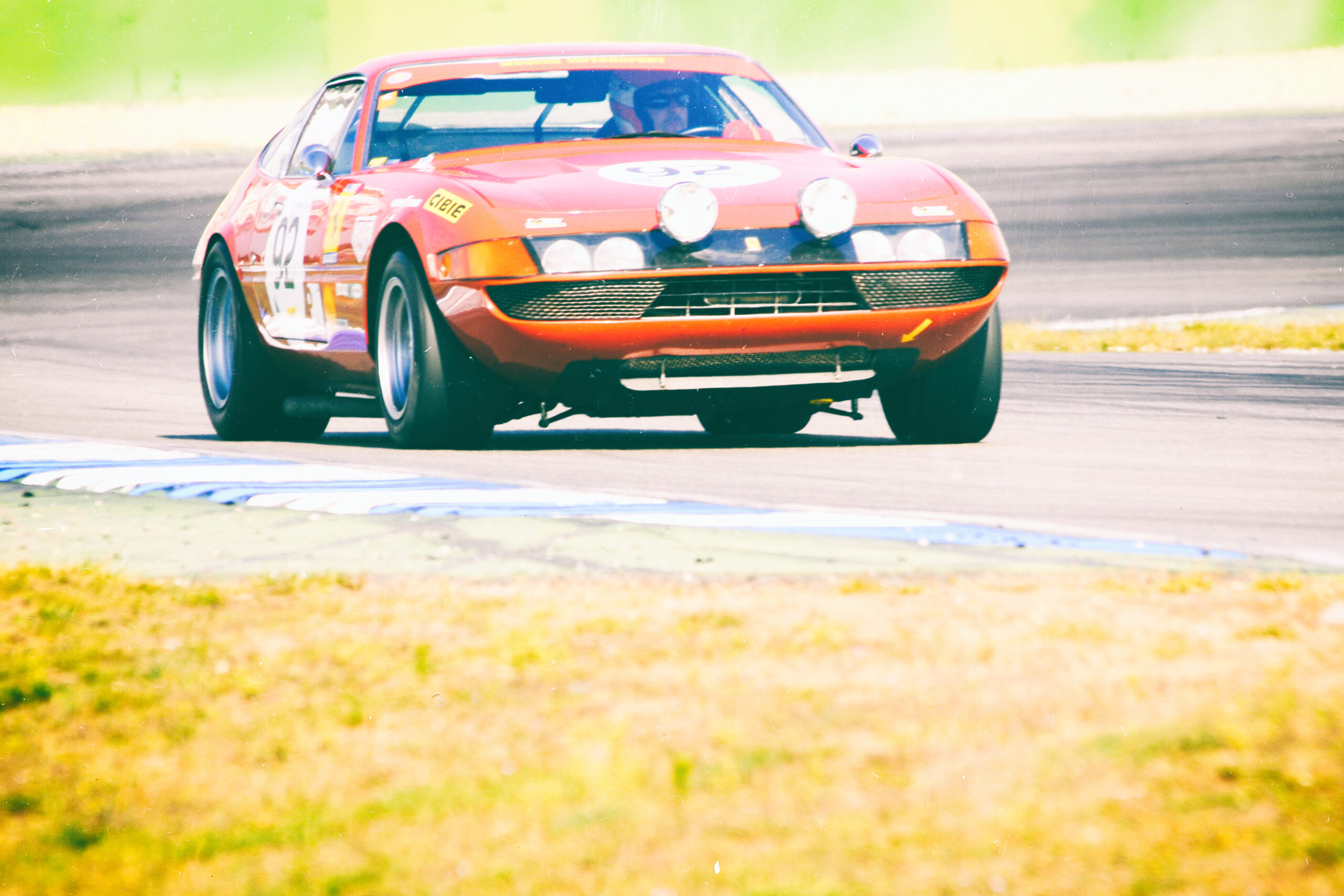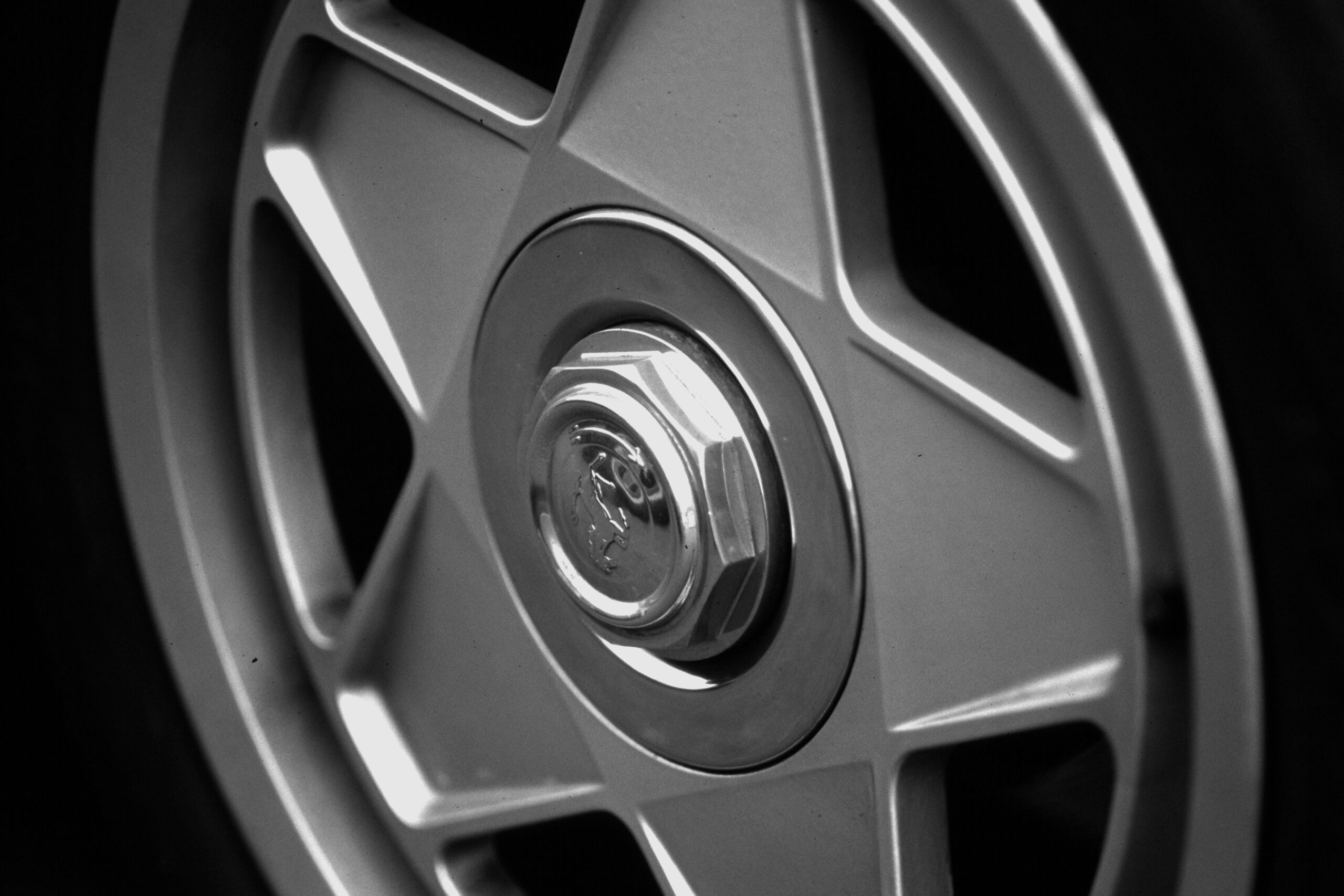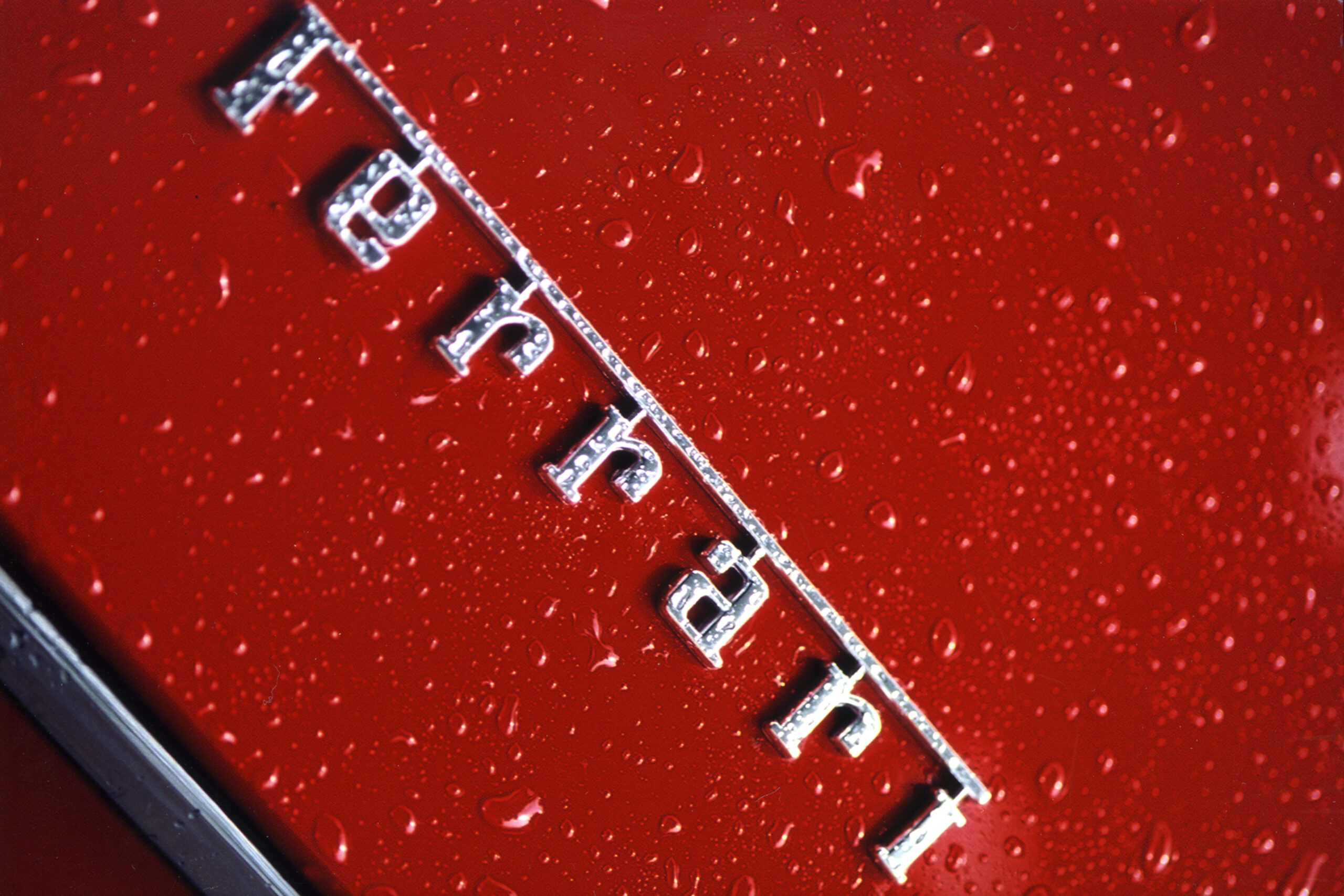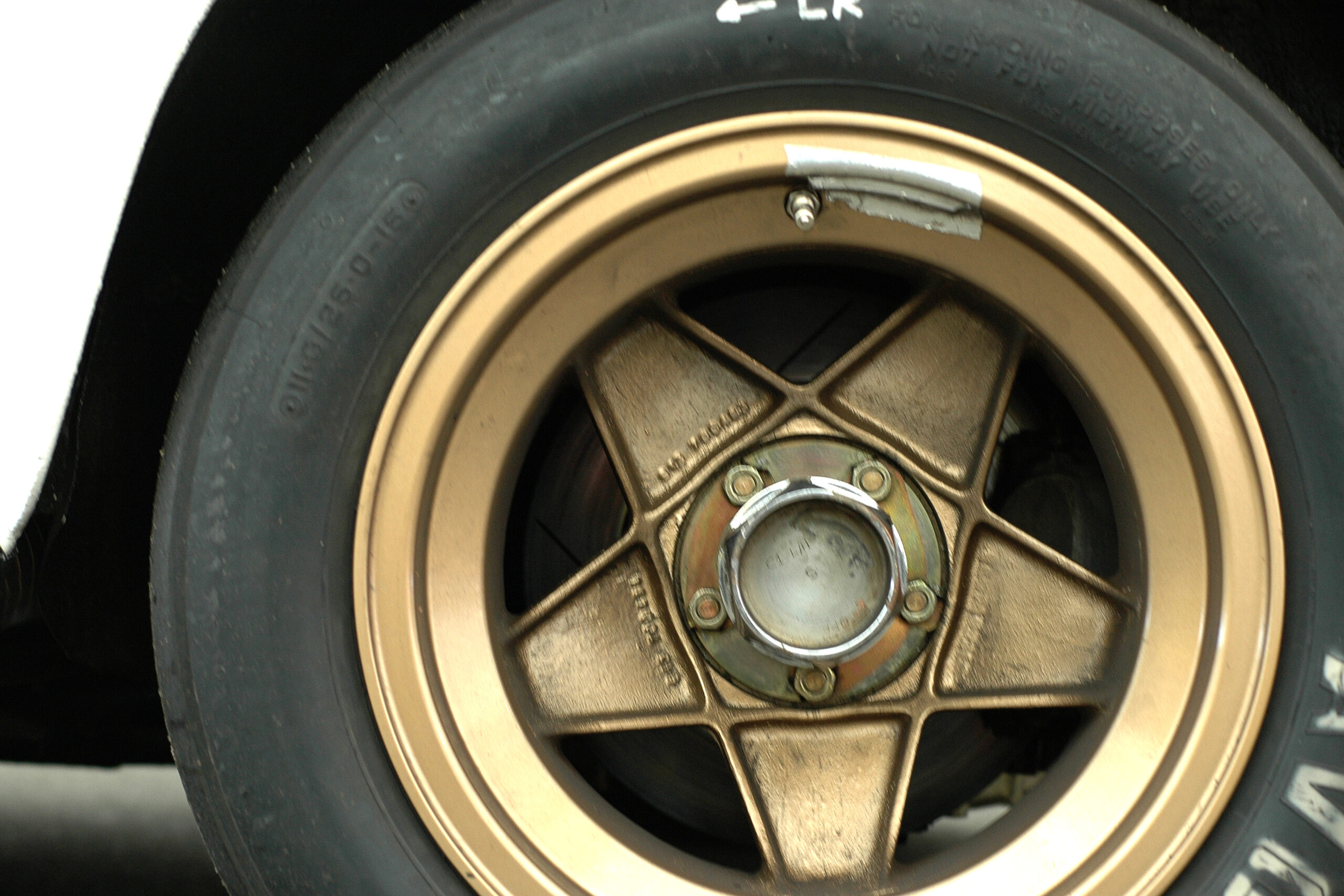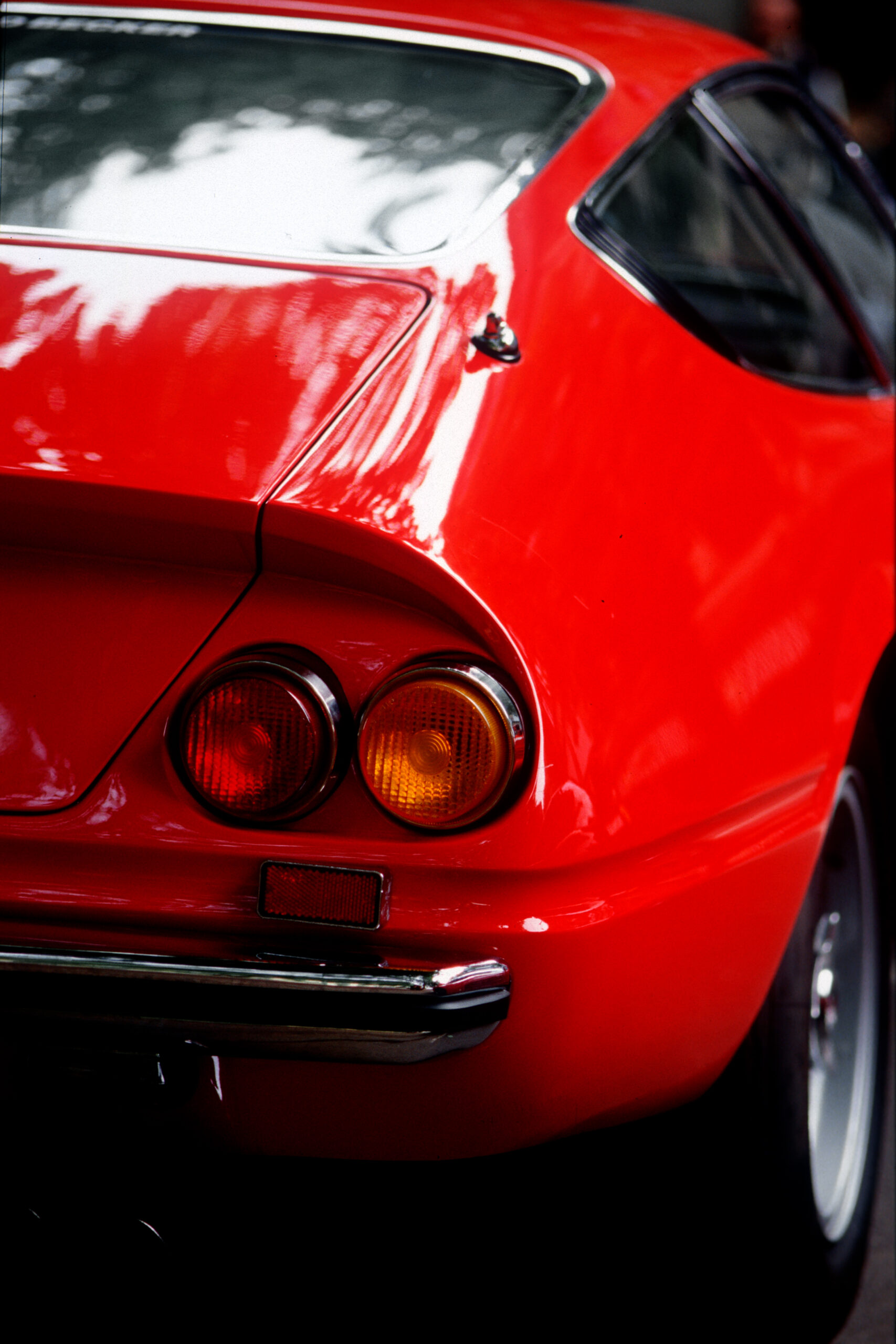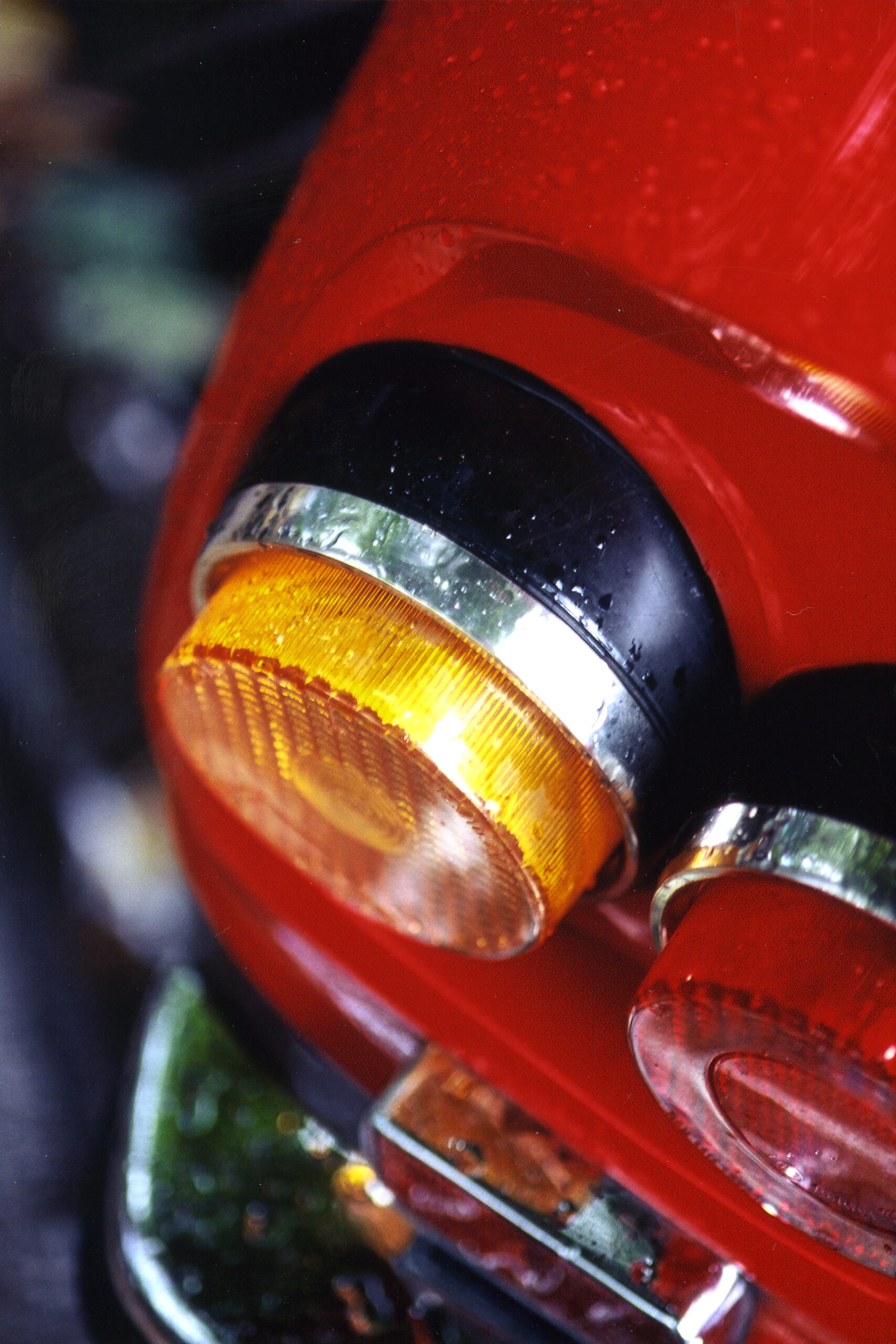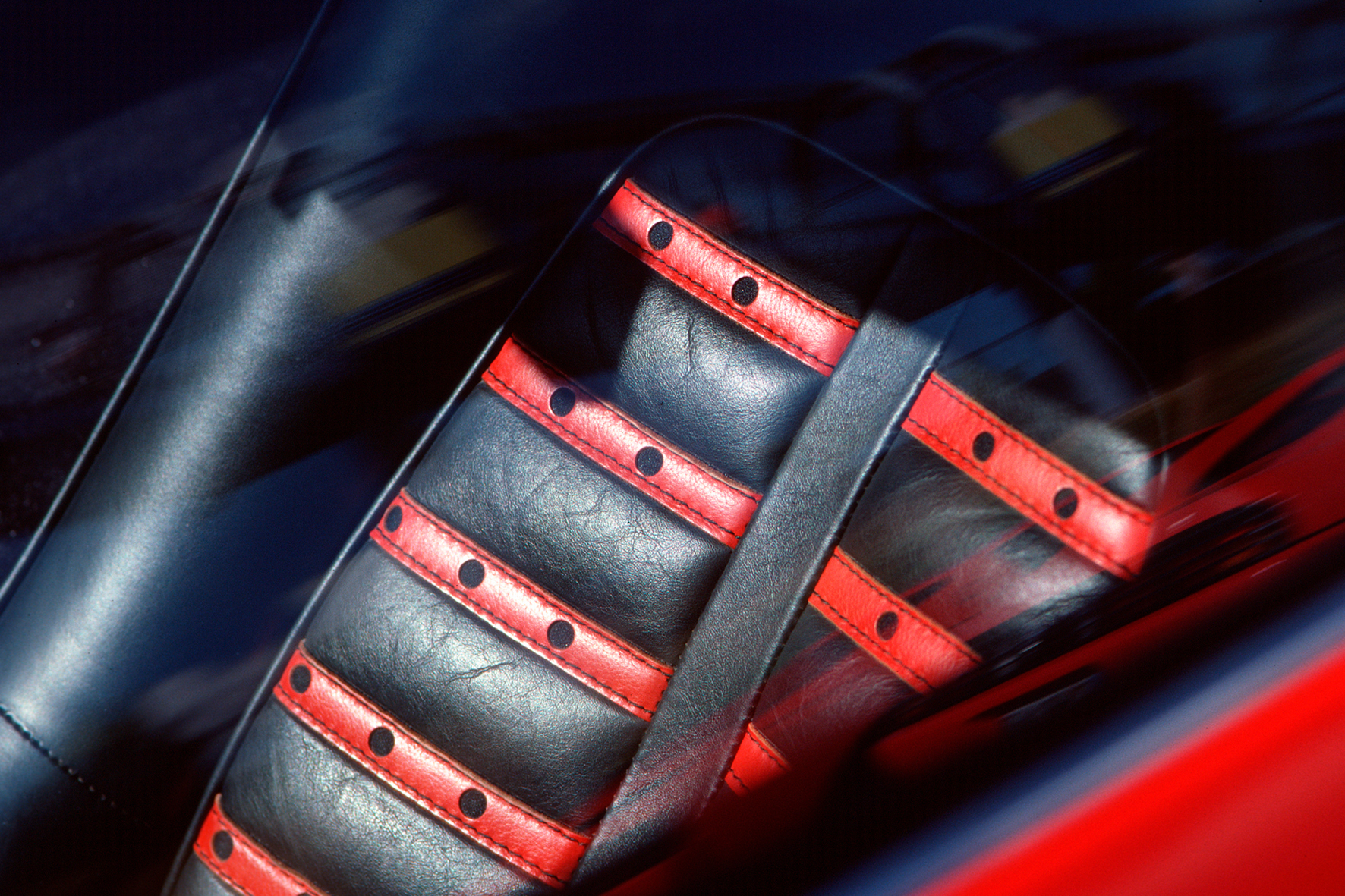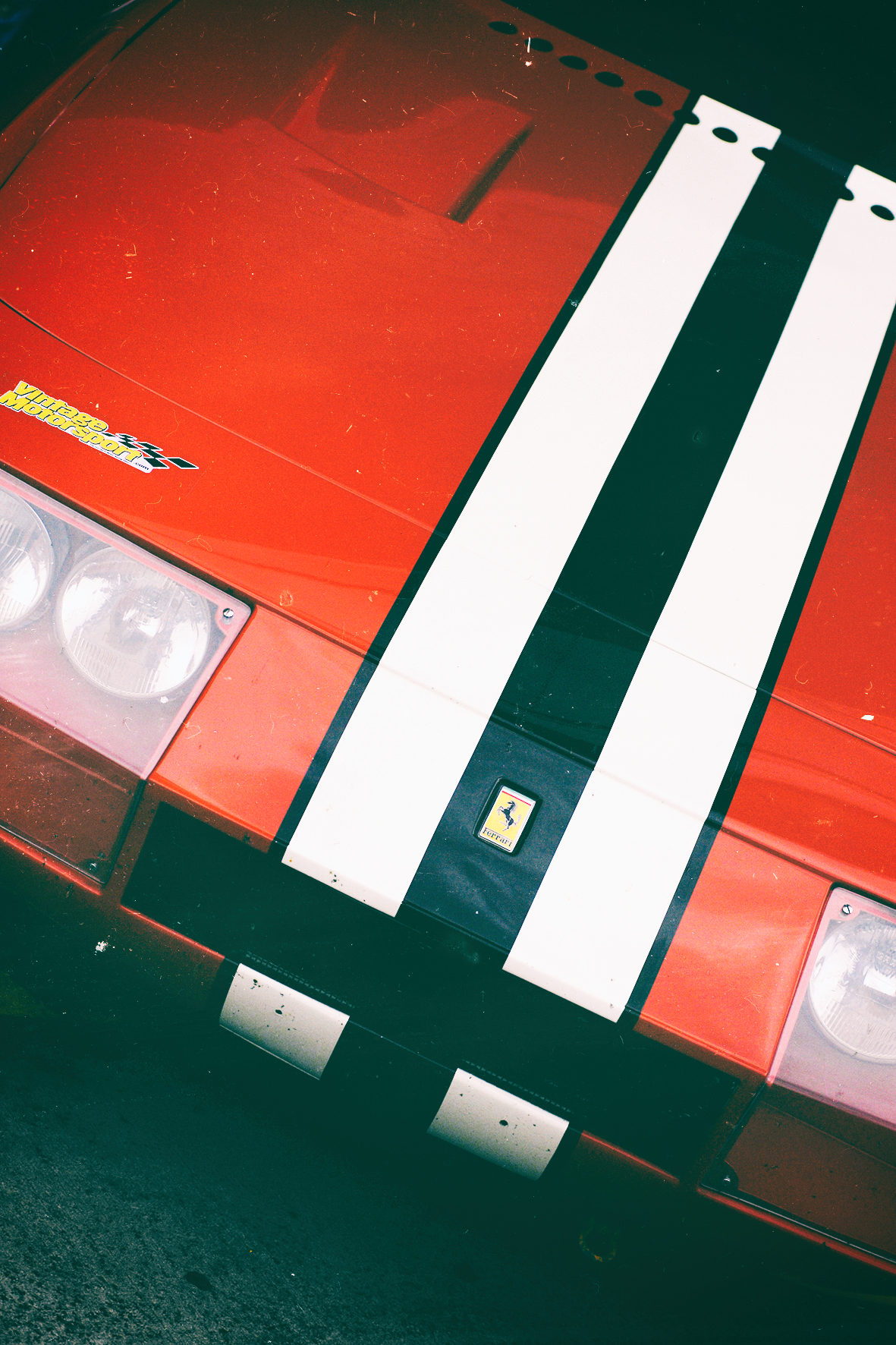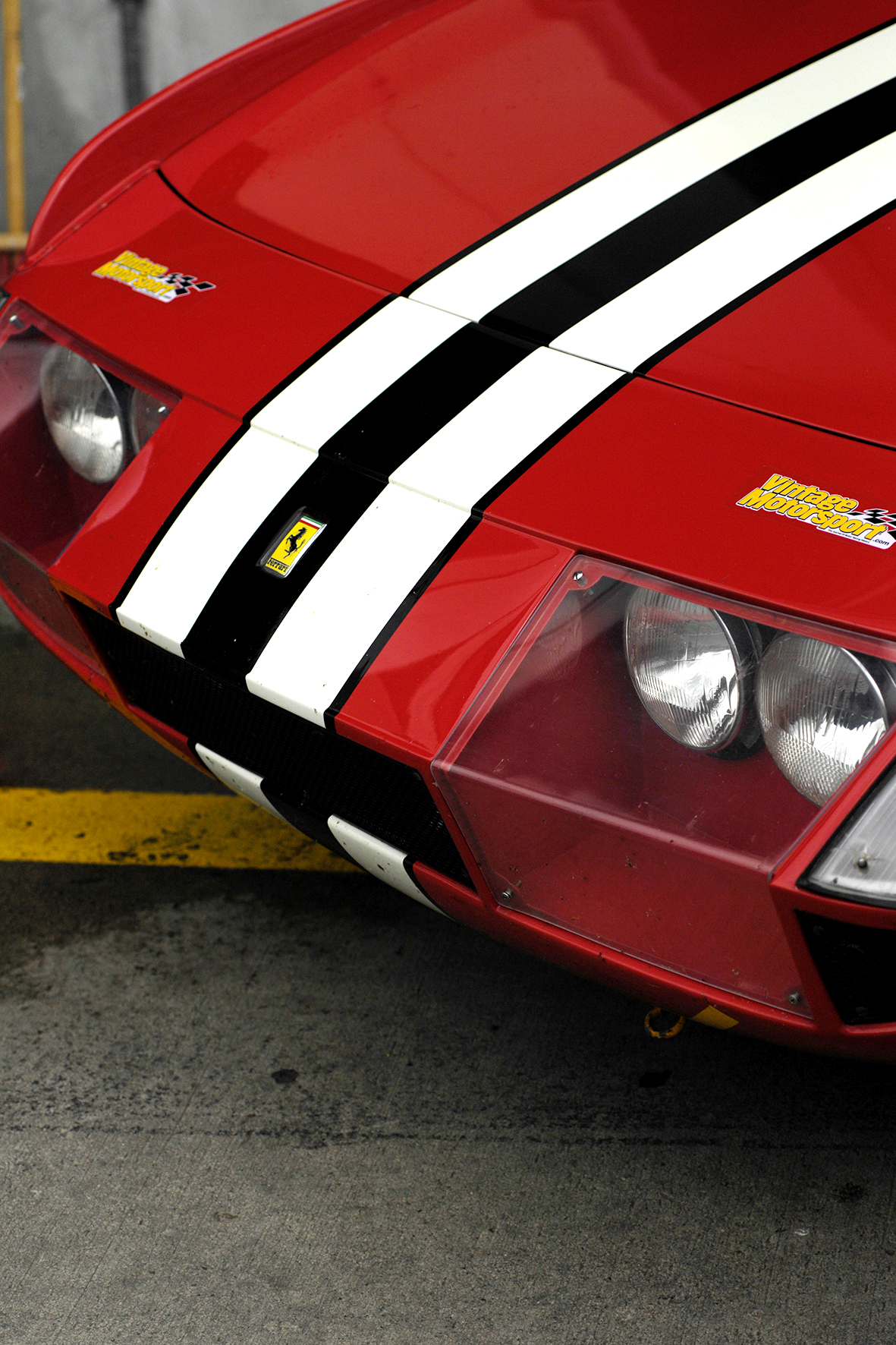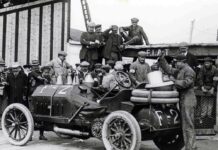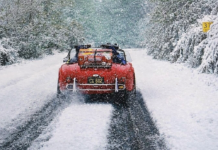I’m pretty sure that this particular Ferrari first became known to a wider audience through Michael Mann’s American police series Miami Vice. The Ferrari 365 GTB Daytona perfectly staged in the series was a replica based on a Corvette chassis. The fake Ferrari was probably intended to symbolise the cool playboy image of Don Johnson, alias Sonny Crockett, and I think it also helped to make the Ferrari brand appealing to a somewhat younger audience. After all, the Miami Vice series was ‘state of the art’ in its time.
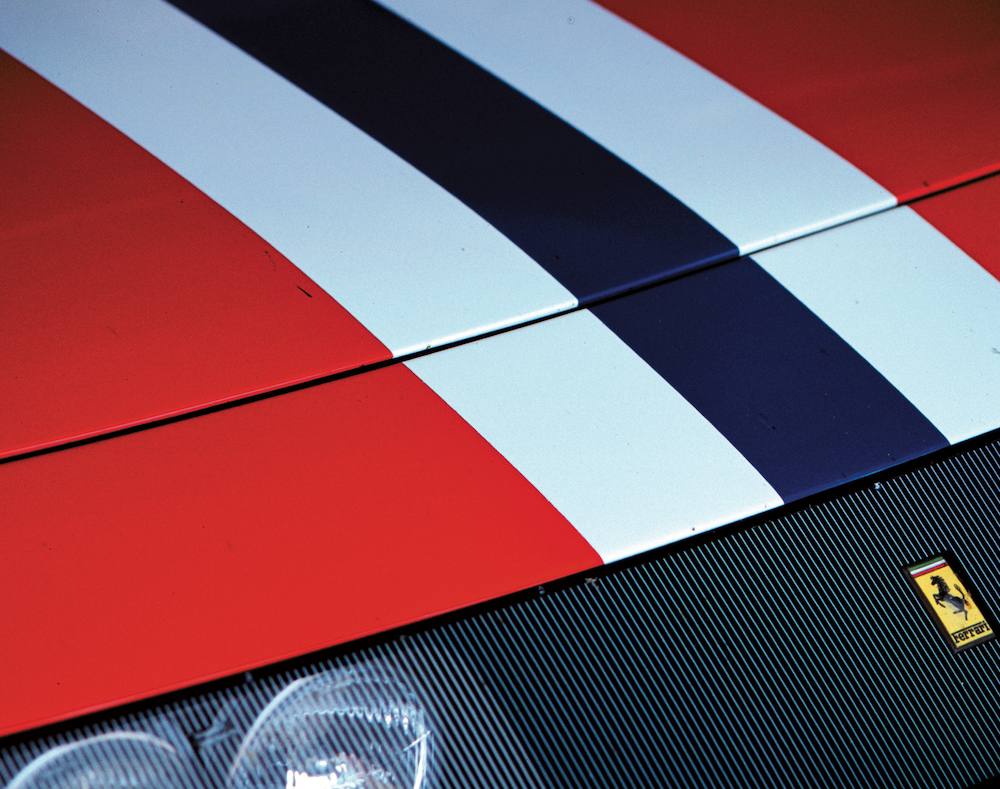
But here is the beginning of the story of the Ferrari 365 GTB/4 with the nickname Daytona, which was probably given to it by the press to commemorate the triple victory at the 24 Hours of Daytona in 1967.

Lamborghini turned the car world on its head with the presentation of the Miura. With a powerful engine placed in the centre of the car, this Miura was the fastest sports car for the road at its time. Of course, Ferrari couldn’t let that stand. The top Ferrari model in those days was the 275GTB/4, still one of the most beautiful Ferraris for me. However, it was already getting on in years. At that time, Ferrari’s names always referred to the displacement of a single one of the twelve cylinders. So after the 250GT series came the 275s, the 330s and finally the 365s with the 4.4 litre Lampredi engine developed back in the fifties. A displacement of 4.4 litres (4390 cc, to be precise, bore x stroke: 81 x 71 millimetres), 12 cylinders.
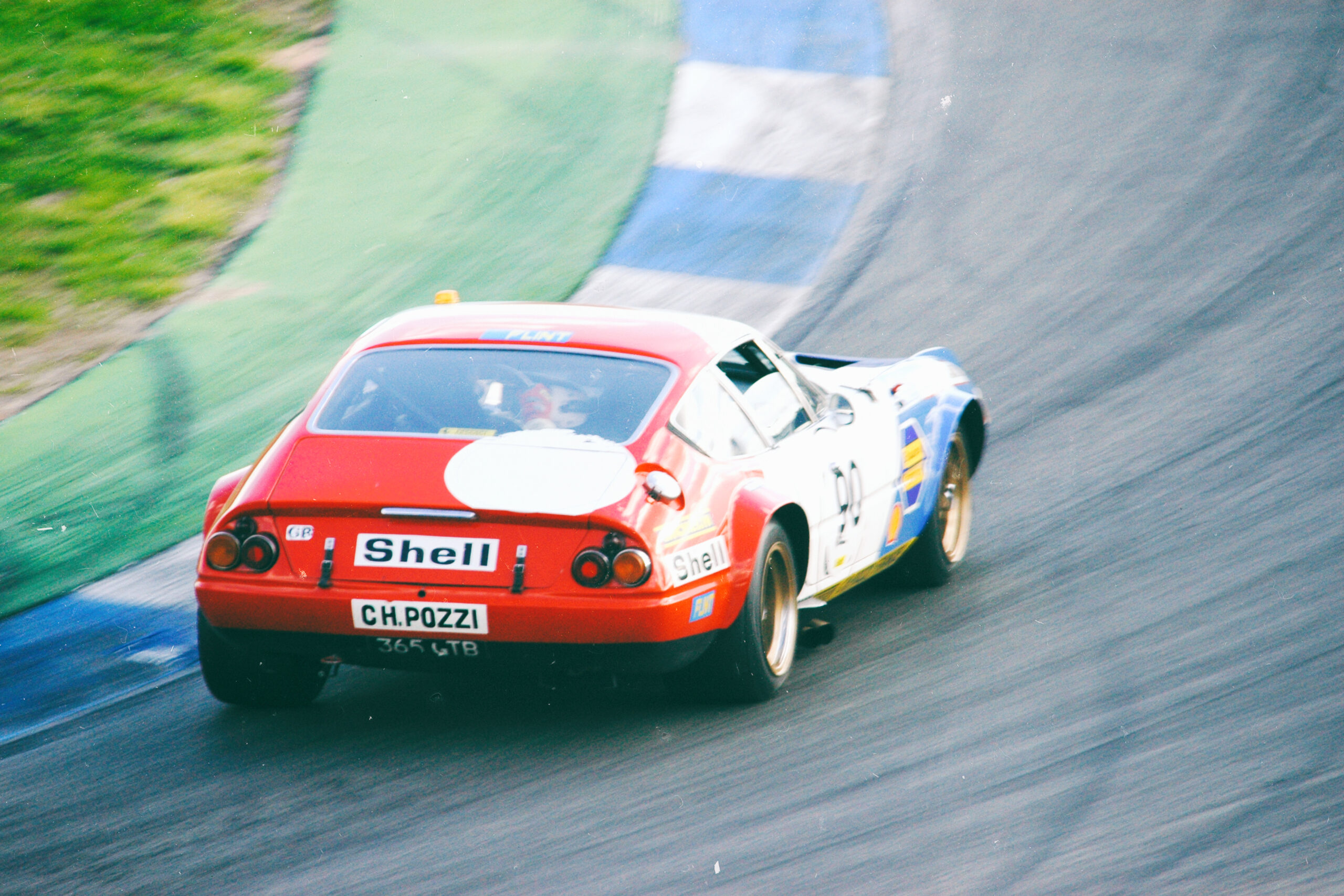
Of course, Ferrari managed to surpass the performance of the Miura and Enzo Ferrari showed that his preference for front engines still made sense, even though his designers had long since changed their minds. But at that time, only the Commendatore’s opinion counted.

As usual, the design of the Ferrari 365 GTB/4 was developed by Pininfarina in the person of Leonardo Fioravanti. He worked on his design for seven days and nights, says Fioravanti, then showed the drawings to Sergio Pininfarina, who presented them to Enzo Ferrari, who then approved the design.
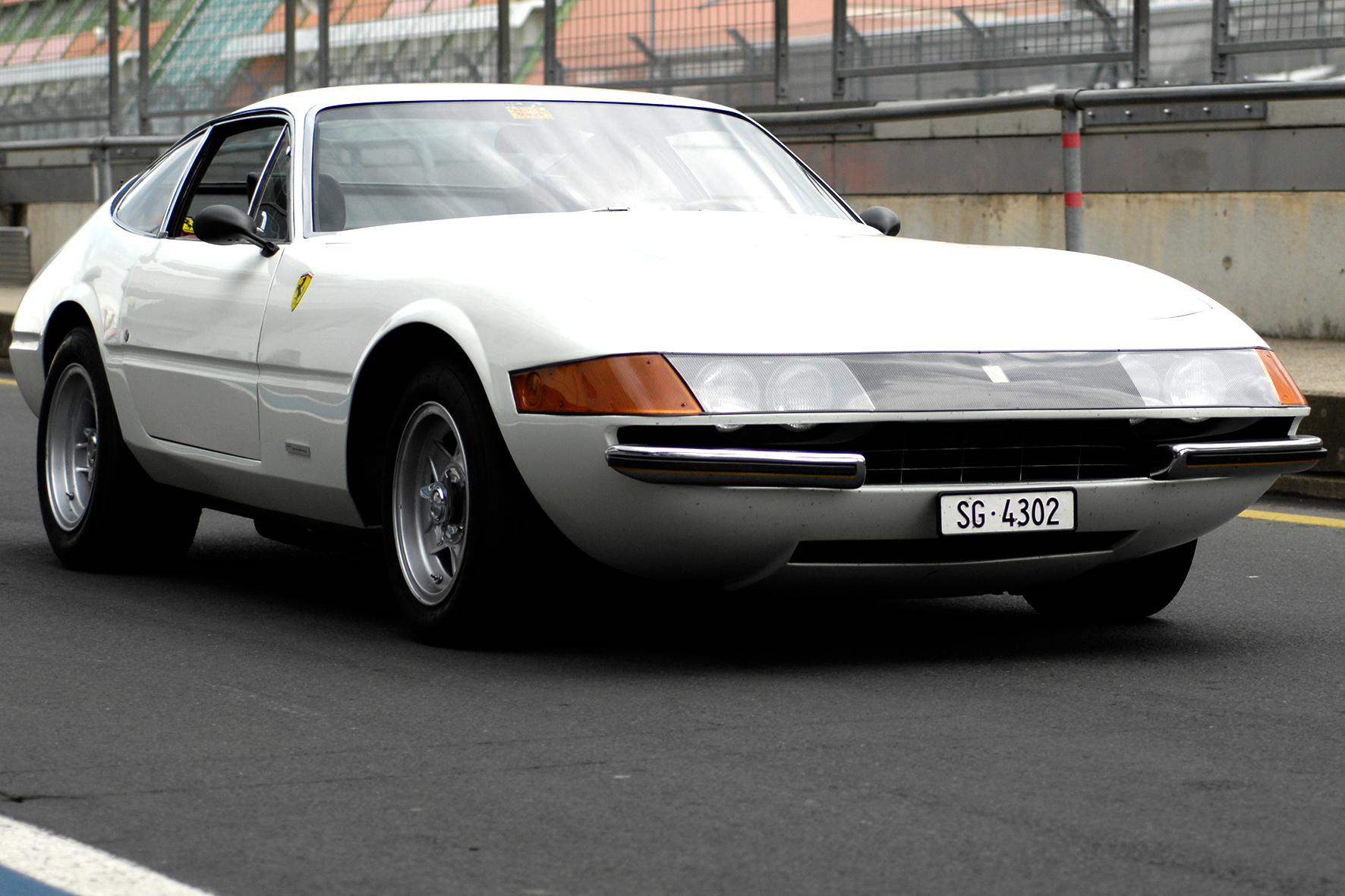
Leonardo Fioravanti still says today about the 365 GTB/4: ‘There is actually nothing I would do differently today.’ Fioravanti was also responsible for the 246 Dino, and for various other Ferraris such as the 365 GT/4 BB and the 288 GTO. However, the 365 GTB/4 Daytona was then built by Scaglietti. As mentioned above, the 365 indicates the displacement per cylinder, the abbreviation GTB stands for Gran Turismo Berlinetta and the /4 for four overhead camshafts.
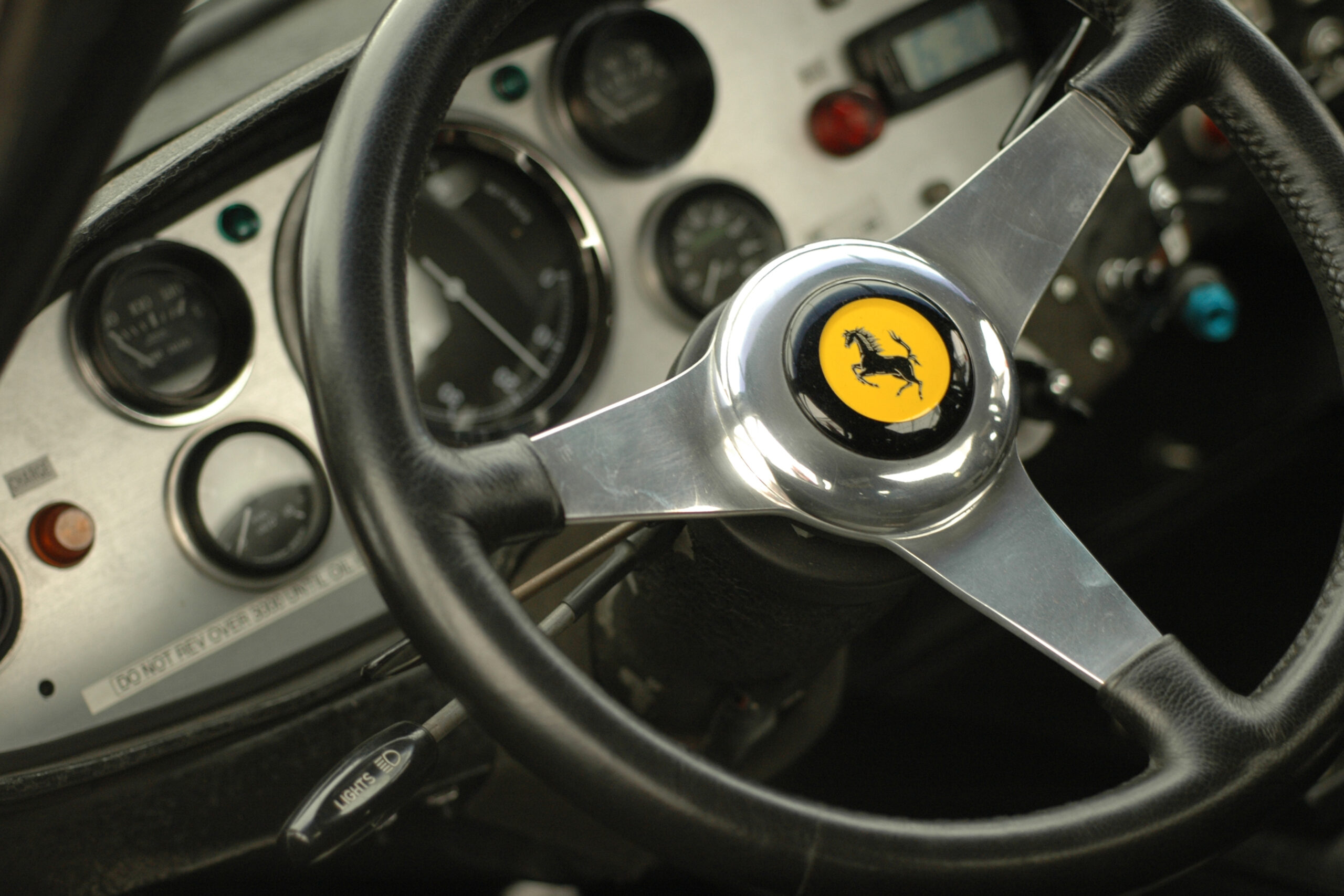
The Ferrari 365 GTB/4 was shown for the first time at the 1968 Paris Motor Show – twice. Once at the Ferrari stand and once at the Pininfarina stand. Series production then began in 1969. 1269 units of the Ferrari 365 GTB/4 were built by 1974, plus 15 Competizione and 122 Spider, the design variant that caused a furore on Miami Vice.
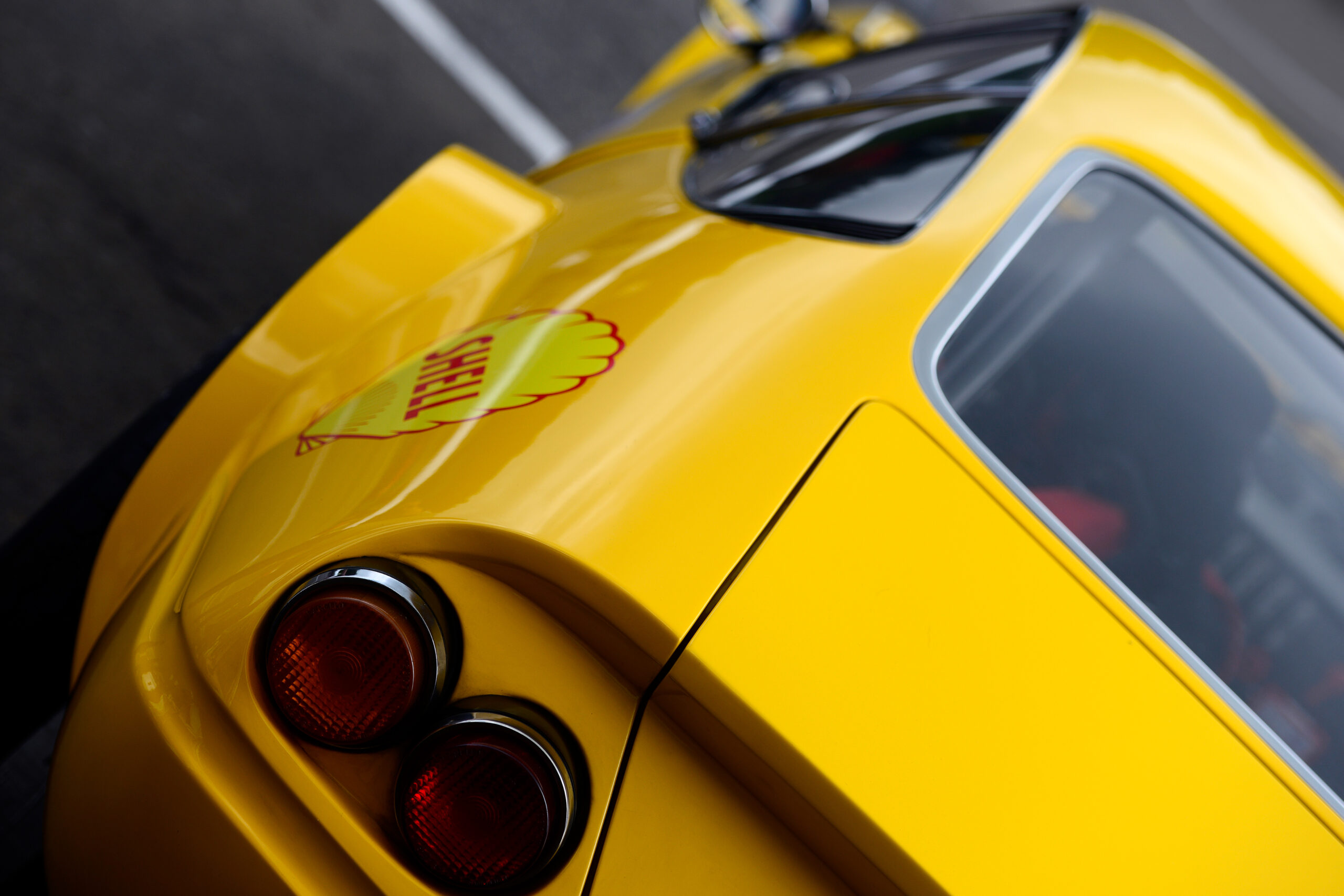
A relatively large change to the design of the Daytona was due to the regulations in the USA. From 1971, it was forbidden there to fit Perspex lenses in front of the headlamp lenses. Ferrari then experimented with four mounted headlights, but this was at the expense of air resistance and disturbed the flowing shape of the front end. So they came to the conclusion to use hinged headlights, which disappeared flush into the bonnet in daylight and thus did not disrupt the design, at least in bright light. However, the yellow indicators, which were positioned around the corner and typical of the 365 GTB/4’s appearance, were retained.

I always thought that the Ferrari 365 GTB/4 looked a little American but still had a certain Italian sophistication in its design, with some really beautiful details.
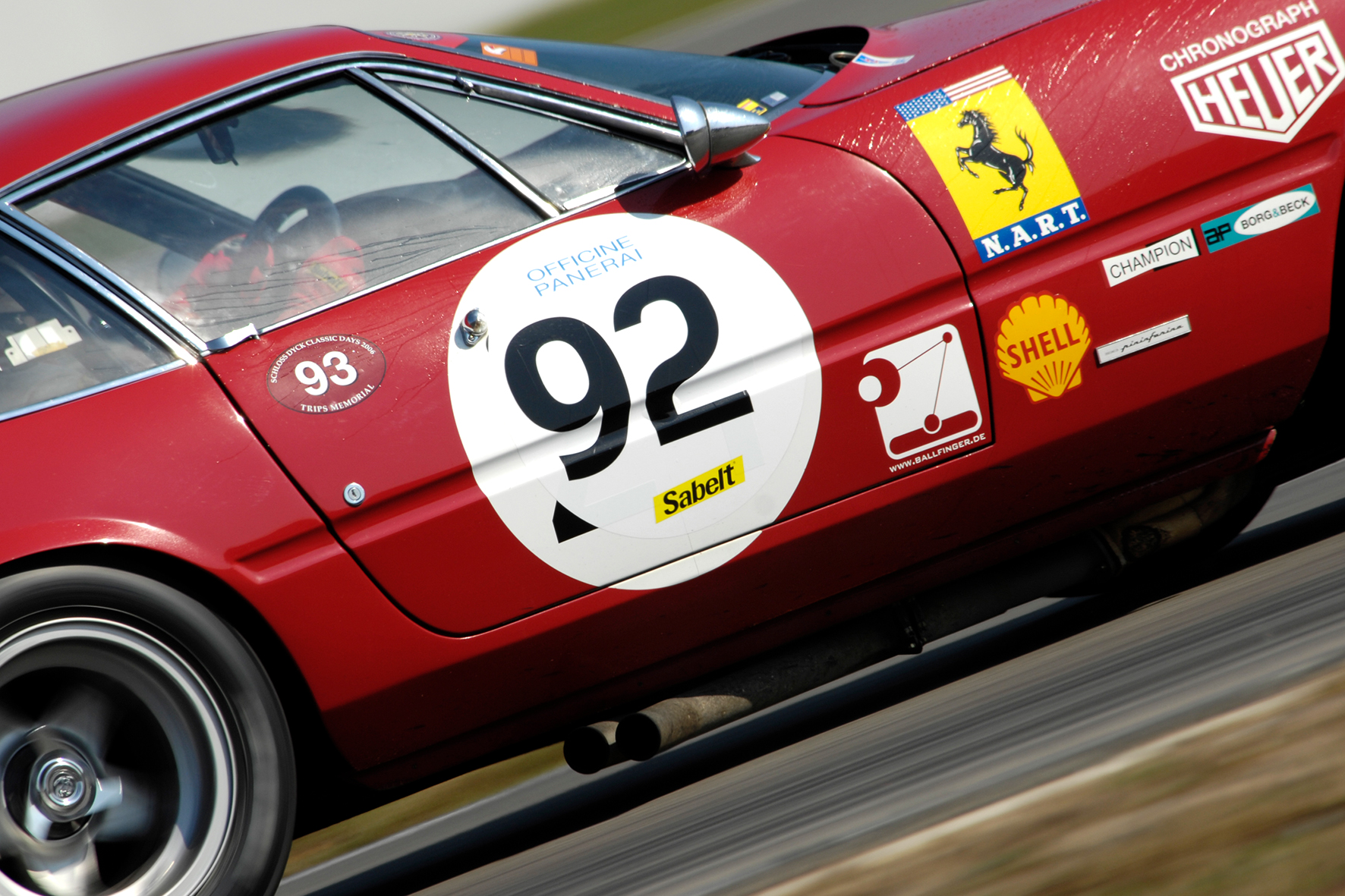
The almost endlessly long bonnet, the short passenger body, the crisp, abruptly sloping rear end with the four tail lights – this is what timeless elegance looks like. And when the first measurements of the Daytona’s performance were confirmed by the relevant trade magazines, all was right with the world in Maranello again.
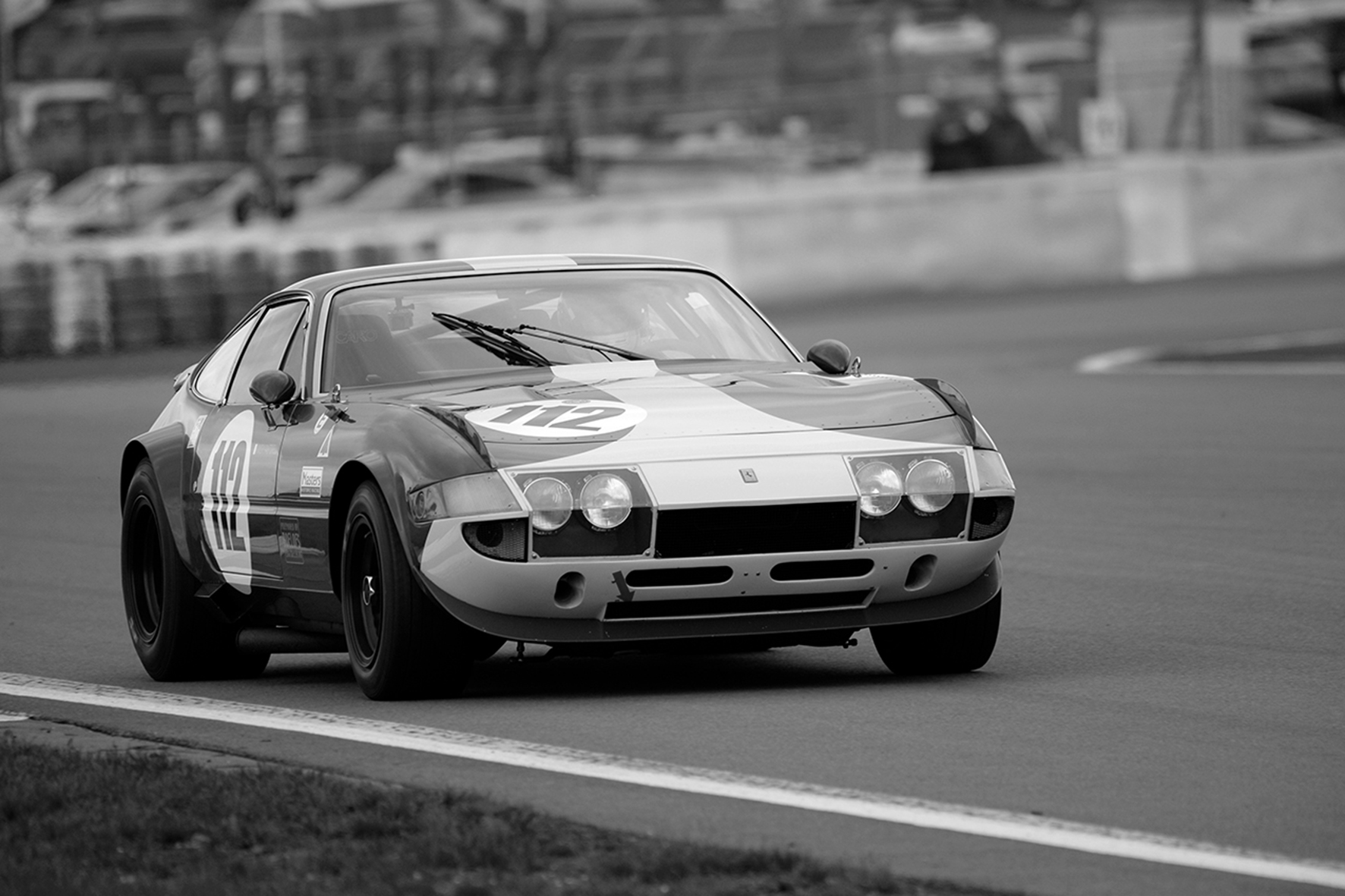
In the meantime, the Ferrari 365 GTB/4, like practically all Ferraris, had exploded in price. Today it has levelled off to a ‘normal’, more realistic level. For me, the Daytona is quite special, as its design makes it stand out a little from the Ferrari model range. A bulky, powerful car – but with Italian grandeur. Find out more about our photographer Ralph Lüker.
